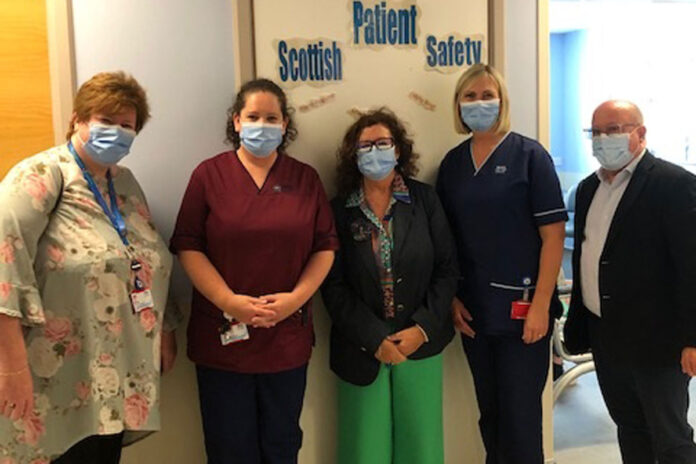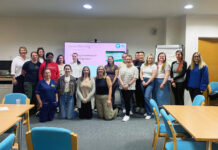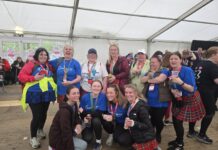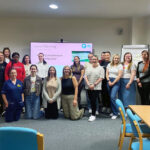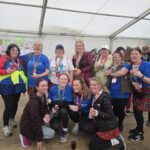Patient Safety Conversation visits (PSCVs) are a great way for senior staff to discuss any quality or safety issues with frontline staff as well as hear about recent developments and ideas for further improvements.
The visits to clinical areas across the organisation help to improve communication about patient safety as well as enabling staff to share feedback with Executive Directors and Board members and show them. It also provides an opportunity to showcase the quality improvement being carried out work of local wards, departments and services and, in some cases, hear directly from local patients.
The programme of visits, which is coordinated by the Clinical Governance Department, started in April 2022 and they are planning to arrange visits to as many areas as possible to support a local culture of continuous improvement and enhanced safety.
Prior to the visits, local staff receive information which explains the purpose of the visit and details of the senior staff and Board members who will be visiting. The visits last around an hour and are supported by a member of the Clinical Governance team who will take a note of any feedback, issues and actions agreed at the visit.
A follow up visit is also arranged around 6 months after the initial visit to give Executive Directors and Board members an opportunity to follow up with staff and hear how things are going.
Feedback from Laboratory Visit
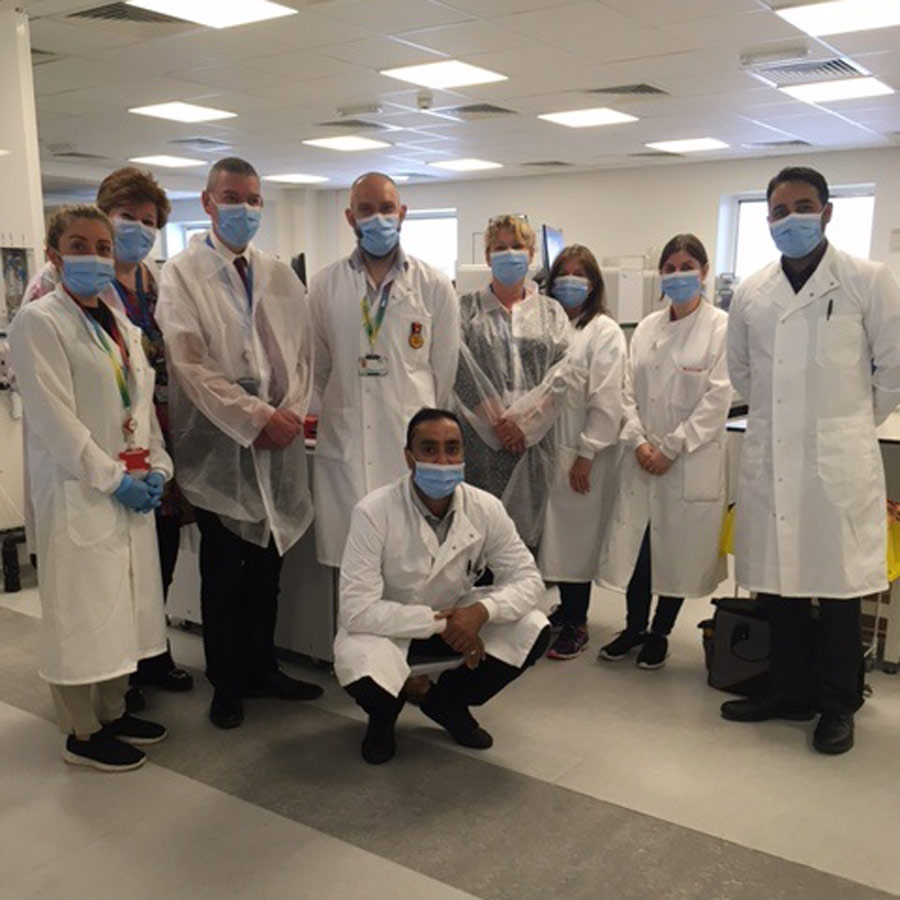 Liz Kilgour, Microbiology Laboratory Manager and Healthcare Science Professional Lead, said; “Although laboratories are not traditionally a patient facing service, every result that we issue from the Microbiology lab has the potential to affect our patients’ journeys and their safety.
Liz Kilgour, Microbiology Laboratory Manager and Healthcare Science Professional Lead, said; “Although laboratories are not traditionally a patient facing service, every result that we issue from the Microbiology lab has the potential to affect our patients’ journeys and their safety.
“During the tour, the senior managers and Board members who visited were very interested to hear how our Quality Management System, and the laboratory’s accreditation to ISO; 15189 standards, achieves and they were also interested in how we ensure staff remain safe within the lab environment.
“The team who visited immediately put staff at ease and were very interested in observing the work underway as well as asking staff about their roles and the technology they use. It was also a good opportunity for staff to give any feedback and highlight any improvements they would like to see for both staff and patients alike. Overall, the Microbiology lab found the patient safety visit discussions a very positive experience and I think it’s a great initiative.”
Gillian Lowe, Department Manager, Clinical Chemistry, Haematology and Blood Transfusion Laboratories, said: ” Lynda Bennie offered to do a practice walk round with the lab team before the visit and this was really useful as it meant staff knew what to expect on the day and it helped put their minds at ease.
“The visit was very beneficial to the department as it allowed Board Members to see work performed within the Blood Science Laboratory first-hand and to understand the complexity of the lab processes, technology and equipment. It also highlighted the skills and expertise required to deliver these laboratory services.
“Those taking part in the visit were genuinely interested in the work of the laboratory and welcomed the opportunity to have a go at microscopy and blood film interpretation. Staff also appreciated the focus on staff wellbeing and found it helpful to have the opportunity to meet senior managers and Board Members face-to-face.
“The laboratory team would like to thank the team who took part in the visit for their time and we are looking forward to the scheduled 6 monthly follow up visit.”
Feedback from Ward A32
Yvonne Cairns, Senior Charge Nurse, A32 said: “I was initially apprehensive before the visit as we had several ongoing improvement projects at the time, however after discussing the arrangements with Lynda Bennie I was put at ease.
“On the day of visit it was really nice to have the opportunity to ‘show off’ the ward but also have real honest conversations about the challenges faced by local staff and how they had adapted to the many changes introduced during the pandemic.”
Photo captions – recent visits including Paediatric Department and Neonatal Unit and the Clinical Chemistry and Haematology laboratories
